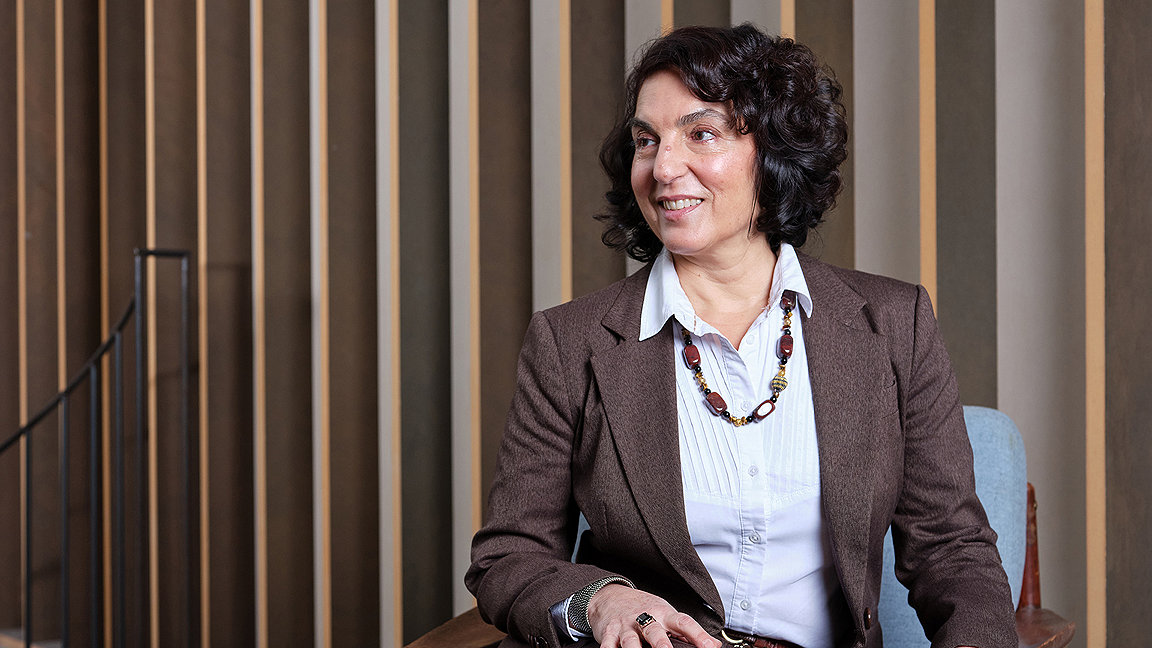
Photography by Michael Leckie
Last month was a significant one for our profession. The Buildings and Climate Global Forum in Paris saw 70 countries commit to decarbonising the built environment in the Chaillot Declaration.
Those nations include the US, the UK, Japan, Australia, much of Europe and Africa, Saudi Arabia, and the UAE. The forum developed the themes of the Buildings Breakthrough signed last year at COP28.
Here are my key takeaways:
More regulation, more cooperation
It’s worth noting that some of those signed up to the Breakthrough’s ambitious 2030 targets at COP28, such as China, did not sign the Chaillot Declaration. They may sign later, but even if they do not, it’s likely they’ll pursue some similar policies. Wherever we work, energy efficiency standards and low-carbon building regulations are going to be both more common and increasingly more stringent.
One commitment from last month’s forum is to set up an international body to cooperate on standards and best practice. My hope is that this means we’ll see some coherence and consistency between countries. RICS is already advocating for this through our Global harmonisation framework.
Action across the value chain
There’s no point in demanding buildings with low embodied carbon if there are no low-carbon building materials. There was recognition that it’s about the whole value chain. The nations agreed to promote the production, development and use of affordable low-carbon and sustainably sourced construction material, and to promote collaborative value chains, where we’re all working together through the life cycle of a building.
We’re yet to see how that’s implemented. The US is already providing funds to identify, accredit and market low-carbon products, and also committed to purchasing some $2bn of these products for federal buildings, as part of the Inflation Reduction Act, but we’ll need more action by more nations to accelerate this.
It’s all about the money
The agreement also recognised that we can’t decarbonise the sector without the funds to do it. The commitments include changing fiscal policy and financial regulation to shift funding from high- to low-carbon projects. I took part in a panel at MIPIM discussing this topic, and we need to find some $500bn annually to decarbonise existing buildings. We need to redesign investment models as much as buildings!
We can’t do what no-one can do
We can’t decarbonise if we don’t have a workforce with the right skills and knowledge. And not just the workforce in construction, real estate and land management, but the workforce in government policy and regulation too.
The agreement included a commitment to enhancing skills and capacity building at all levels and in all locations. This is one of seven areas RICS recently identified as critical for a country to decarbonise its built environment.
It's happening
The big takeaway is that, through a series of initiatives including the Chaillot Declaration, 80 countries, comprising 83% of global GDP and just over half the world’s population, are signed up to decarbonising the built environment. This is a global shift.
Wherever you work, this is going to be part of your reality. Get ahead of the agenda, get the knowledge and skills, and you can lead your companies, clients and countries into a brighter future.


